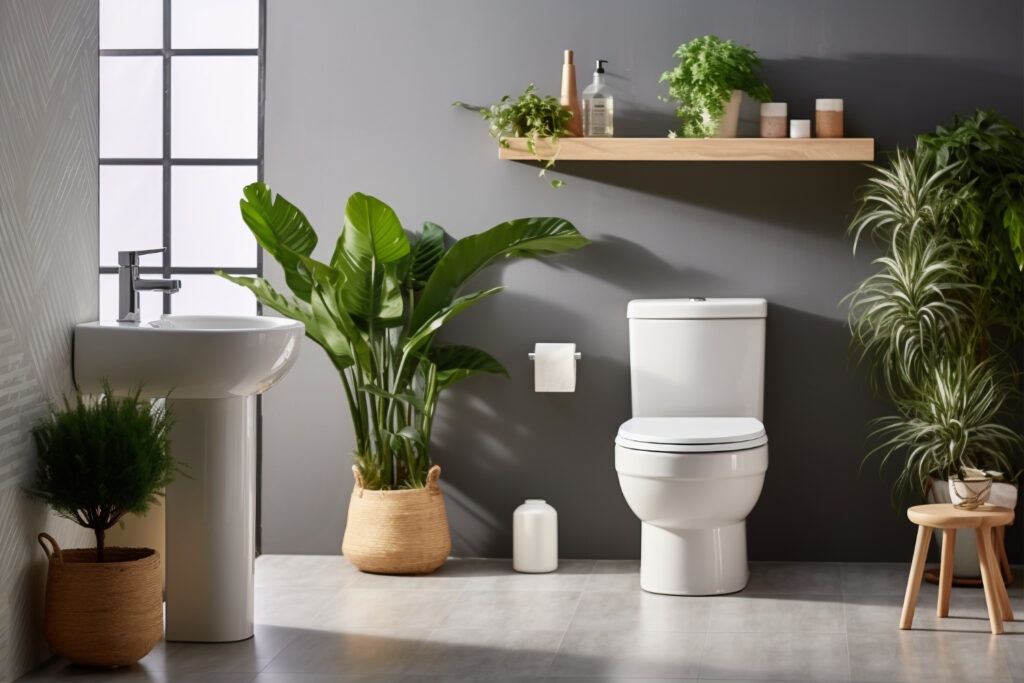
Patios are an extension of our living spaces, providing us with additional area to relax, dine, and entertain. A well-designed patio lighting plan can significantly enhance its usability and appeal. By dividing the patio into different lighting zones, you can create a strategic and layered lighting scheme that caters to various functions while also adding visual interest.
Dining Zones
Dining zones should be well-lit to ensure comfortable visibility for food preparation, serving, and dining. Consider installing pendant lights or flush-mounted fixtures above the dining table to provide direct light. Wall sconces or recessed lighting along the perimeter of the dining area can add ambient light and create a warm, inviting atmosphere. Dimming options are ideal for dining zones, as they allow you to adjust the lighting levels according to the time of day or activity.
Lounging Zones
Lounging zones should evoke a cozy and relaxing ambiance. Soft, indirect lighting is key to achieving this mood. String lights, lanterns, or floor lamps with warm-toned bulbs can provide gentle illumination without being too harsh. Accent lighting, such as uplights aimed at trees or architectural features, can add depth and visual appeal to lounging zones. Consider using smart lighting controls to create preset scenes that transition seamlessly between day and night, enhancing the overall experience.
Pathway Zones
Pathway lighting serves both functional and aesthetic purposes, ensuring safe navigation while also highlighting key features of your outdoor space. Choose fixtures with a subtle profile, such as recessed lights, bollards, or low-voltage path lights, to minimize visual clutter. Position the lights along the edges of pathways, spacing them evenly to create a continuous glow. Opt for warm-toned bulbs to create a welcoming ambiance and avoid glare by angling the lights downward. Well-planned outdoor spaces often go hand in hand with professionally installed Driveways Biddulph, which enhance both functionality and curb appeal alongside thoughtful patio lighting.
Fire Pit or Fireplace Zones
Fire pits and fireplaces require careful consideration when it comes to lighting design. While the fire itself provides ample light, additional ambient lighting can help create a comfortable and inviting atmosphere. Wall-mounted sconces or post lights nearby can provide soft, indirect light without detracting from the primary focus of the fire feature. Consider using LED candles or lanterns to add a warm, flickering glow to the surrounding seating area.
Layered Lighting
Layered lighting is essential for creating a cohesive and functional patio lighting scheme. By combining various lighting types, such as ambient, task, and accent lighting, you can ensure that each zone is appropriately illuminated for its intended purpose. Additionally, layered lighting adds visual depth and interest, creating a dynamic and engaging outdoor space.
Incorporate task lighting, such as pendant lights or under-counter lighting, to enhance usability in specific areas. Utilize accent lighting, like uplights or downlights, to highlight key features and add visual appeal. Experiment with dimming options and smart lighting controls to create customizable scenes and adjustable lighting levels.
Minimalist Dressing Table Designs That Elevate Your Room
November 8, 2025The Importance of Light Switch Design in Modern Interiors
November 4, 2025
Comments are closed.
-
4 Classy Dining Chairs that Every House Deserves
June 22, 2021 -
Why Should Granite Countertop Be Installed?
June 18, 2019




